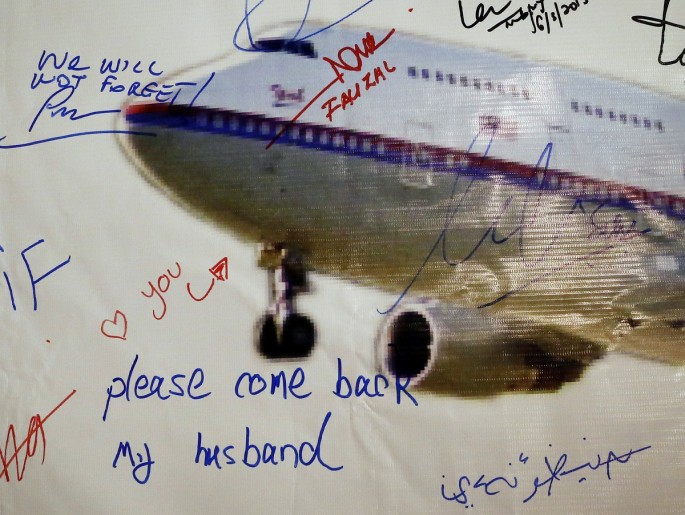Confirmation that the plane fragment called flaperon, found in Reunion Island in France, appears to move closer that it came from the missing Malaysia Airlines Flight MH 370.
That's because the Boeing maintenance manual says the flaperon number 657 BB of the retrieved fragment is that of a 777 jet, and the only missing 777 is MH 370. Also a luggage was found in Reunion island, further providing possibly evidence that the jet likely crashed in the area.
At "CBS This Morning," Captain "Sully" Sullenberger, aviation and safety expert of "CBS News," pointed out, "It needs to be confirmed by the investigators, but it's a possible good first step in solving what has been one of the biggest aviation mysteries in history."
While authorities said the surfacing of the two items are a significant development, however, they cautioned that it is too early to confirm that it came from MH 370. The flaperon was found about 2,600 miles west of the area that searchers scoured the southern Indian Ocean's sea floor covering 46,000 square miles.
Another safety expert, Mark Rosenker, the former chairman of NTSB, said that finding parts of a crashed plane usually would result in other parts eventually surfacing also. He adds that probers would now be studying the recovered part to search for more clues. The clues they should look for include if the metal was torn, crumpled, ripped in some shape, pop market and a char to indicate fire.
Relatives of the 293 people on board the ill-fated plane were divided on the flaperon discovery. Some did not want to keep their hopes high anymore, while others posted a letter online to say they are waiting for official confirmation.
Malaysia Prime Minister Najib Razak notes that there were false alarms before of debris but hoped the truth would eventually be found for the families of the victims to have peace and closure.
While Australian Deputy Prime Minister Warren Truss said on Friday he was confident searchers were on the right zone, Erik van Sebille, oceanography lecturer at Imperial College London, believes otherwise.
"If you take into account the currents in the Indian Ocean, then you can trace the flow backwards from the northern part of the search zone. It would exclude the southern part as anything that drifts from there would go eastward into the Pacific Ocean," Time quotes van Sebille.



























